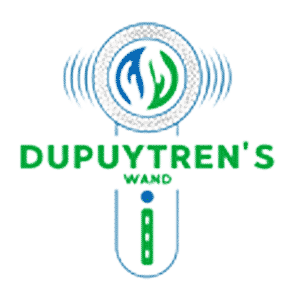Dupuytren’s Contracture is a disease that starts as a lump in the hand. It is progressive, so as it worsens, the finger begins to bend into the palm. In extreme cases, the finger will not be able to straighten. There is no confirmed cause of the condition, but it is definitely hereditary. People of Northern European descent are the most likely to suffer from Dupuytren’s disease. It is also more prevalent in men than women, even those who are aged between 25 and 50. People living with diabetes, liver disease, or epilepsy are more likely to contract the disease than others.
In some cases, yes, a splint works as a Dupuytren’s Contracture treatment. They are, however, not the ideal form of therapy. Let’s take a look at some of the plus sides and some of this Dupuytren’s Contracture treatment’s downsides.
Benefits of a splint
The use of a splint is known to stop a finger contraction from becoming any worse. This will prevent the finger from remaining in a bent position.
Splints encourage blood flow to the affected finger; this helps with recovery. Doctors will often prescribe the use of a splint after surgery for Dupuytren’s Contracture. There are rumours that splints will improve recovery speed; however, these have not been confirmed.
A splint will also protect the hand and fingers from any potential injuries. This is important because trauma can make the symptoms worse and cause more issues.
Downsides of a splint
People using a splint for Dupuytren’s Contracture have complained about excruciating pain and discomfort because of the skin stretching. With the lump pulling at the finger and creating a contracture, pulling the opposite way makes it very painful.
When wearing a splint, it is challenging to perform tasks that involve grabbing or holding. The splint prevents any movement of the affected finger and also those around them. Splints are cumbersome and make the wearer clumsy.
The splint has to be removed throughout the day, depending on what the patient is doing. They can’t be made wet as this can cause them to rust or become pungent.
What is an alternative Dupuytren’s Contracture treatment?
Dupuytren’s Contracture is usually corrected with surgery. The procedure involves surgically removing the infected tissue after making a zigzag-shaped incision. The condition can potentially return after the operation and will need to be removed again. Other potential side effects of the surgery include bleeding, infection of the wound, nerve damage, and numbness. All operations come with an element of risk, so patients prefer to avoid them whenever possible. Using a Dupuytren’s Wand combined with Dupuytren’s jelly and Dupuytren’s tape will make a massive difference to the patient. When used regularly, the patient can clear up the condition without any operation. These items are effortless to use and also extremely well priced. The tape is far easier to work with than a splint, as it is waterproof, flexible, and lightweight. You can find the items at

